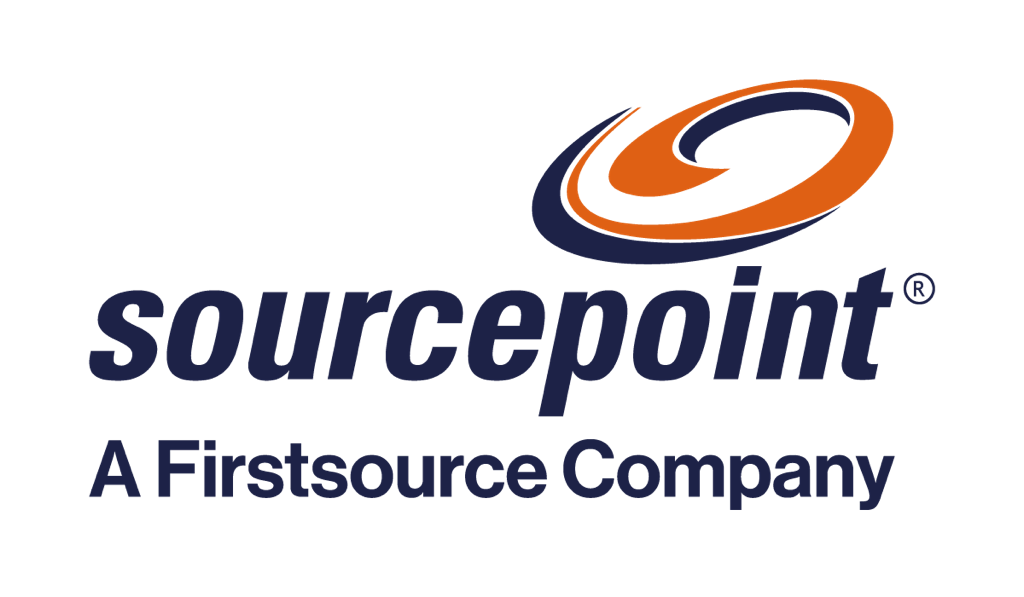Rising deductibles are shifting medical costs to patients, making it harder for patients to meet their out-of-pocket expenses, and in turn, putting Healthcare Providers at financial risk. According to the Kaiser Family Foundation research, the average annual deductible among covered workers has increased 36% over the last five years and 100% over the last 10 years.1
COVID-19 couldn’t have come at a worse time. Healthcare organizations are battling lower insurance coverage and reduced elective procedures, leading to increased revenue pressures. The need to reduce staff, especially when many Accounts Receivables (AR) processes are performed manually, is further constraining healthcare systems already stretched thin.
As uncompensated care grows by leaps and bounds, it’s clear that Providers must do something different.
Don’t leave money on the table
Collecting small balances is often perceived as being either too costly or too much of a hassle. In an ROI-focused world, going after the higher balance claims makes the most sense as it provides the biggest bang for the buck. Small balances are often relegated to the back of the queue, to be attended to at some point – usually when the staff has finished working all the high balance claims.
But given the staffing shortages, Healthcare Providers typically write off about 3% of their AR in the form of small balances, amounting to nearly 1% of their annual revenues.
So, how can Providers optimize small balance collections?
Combine Robotic Process Automation with analytics
Small balance accounts, especially those under $200, are highly labor-intensive and costly to collect using manual processes. Deploying Intelligent Automation, combined with the human touch, can dramatically reduce the effort to collect small balances and increase ROI.
Intelligent Automation helps digitize every aspect of the healthcare revenue cycle management (RCM) process by blending Robotic Process Automation (RPA) with Artificial Intelligence (AI) and advanced analytics. This not only reduces the number of resources you need but also enables your staff to identify and work those small balance accounts that are most likely to pay, at a higher rate.
Here’s how it works:
Optimize the collection funnel from the front-to-back end
At the front-end, automated eligibility workflows ensure appropriate upfront data to inform patients of their obligation to prevent or minimize loss of revenue.
At the backend, the digitized workflows route denials to the right collections team, at the right time, for rapid resolution. Integrating claims and contract management, unifies data, streamlines the process, and provides next-best actions, increasing collector efficiency, driving down the cost to collect, and elevating patient satisfaction.
Use advanced analytics to unveil critical insights
Advanced analytics empowers users across three major areas:
- Pinpointing the root cause of small balance write-offs.
- Unlocking insights into hidden data by drilling down into claims, reviewing aging claims and identifying gaps in the revenue cycle process to better manage cash flow.
- Identifying the likelihood of payment on outstanding balances.
The root causes can change over time. Management teams must keep their pulse on the evolving trends using real-time dashboards, either redesigning processes to meet evolving patient needs or deploying strategic campaigns to engage patients, answer questions, and request payment.
Fast-track collections with RPA
Revenue Cycle Management automation also enables rapid follow up with insurance companies. Automating the claims status data and integrating it with the collections process helps AR teams quickly figure out, whether or not the insurance company is planning to pay. Focusing staff effort on small balance accounts where the insurance company is not planning to pay in full can help accelerate collections and improve the overall performance.
Revamping core RCM infrastructure for sustained success
As the pressure mounts on Providers to identify and stop revenue leakage in an increasingly challenging environment, continued reliance on disparate systems and manual processes poses significant impediments to survival. Each year, almost 10% of claims are denied by payers and the cost to recover these denials and underpayments is estimated at $120 per claim.2 It’s time to move away from making incremental improvements to driving true transformation using Accounts Receivable automation solutions – the key to enhancing efficiency, productivity, and agility.
RPA in healthcare, in conjunction with AI and analytics, can help streamline not only the small balance collection process but also the end-to-end cycle – from Patient Access to Mid Revenue Cycle to Patient Financial Services.
The result: lower revenue cycle expenses and enhanced ROI for a healthy bottom line.
References
1. http://files.kff.org/attachment/Summary-of-Findings-Employer-Health-Benefits-2019
2. https://www.hfma.org/topics/hfm/2020/february/the-role-of-intelligent-automation-in-reducing-waste-and-improvi.html










